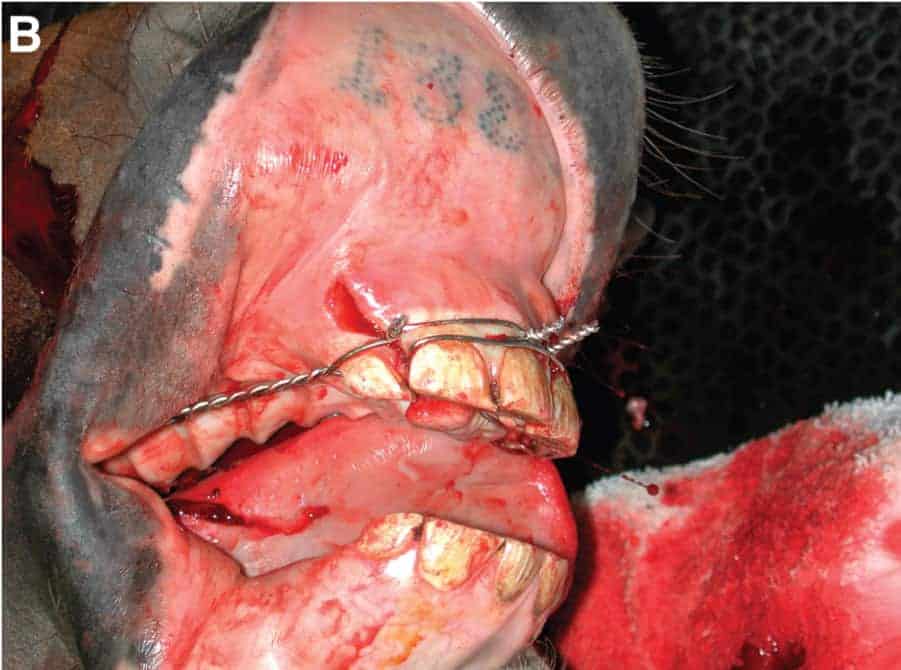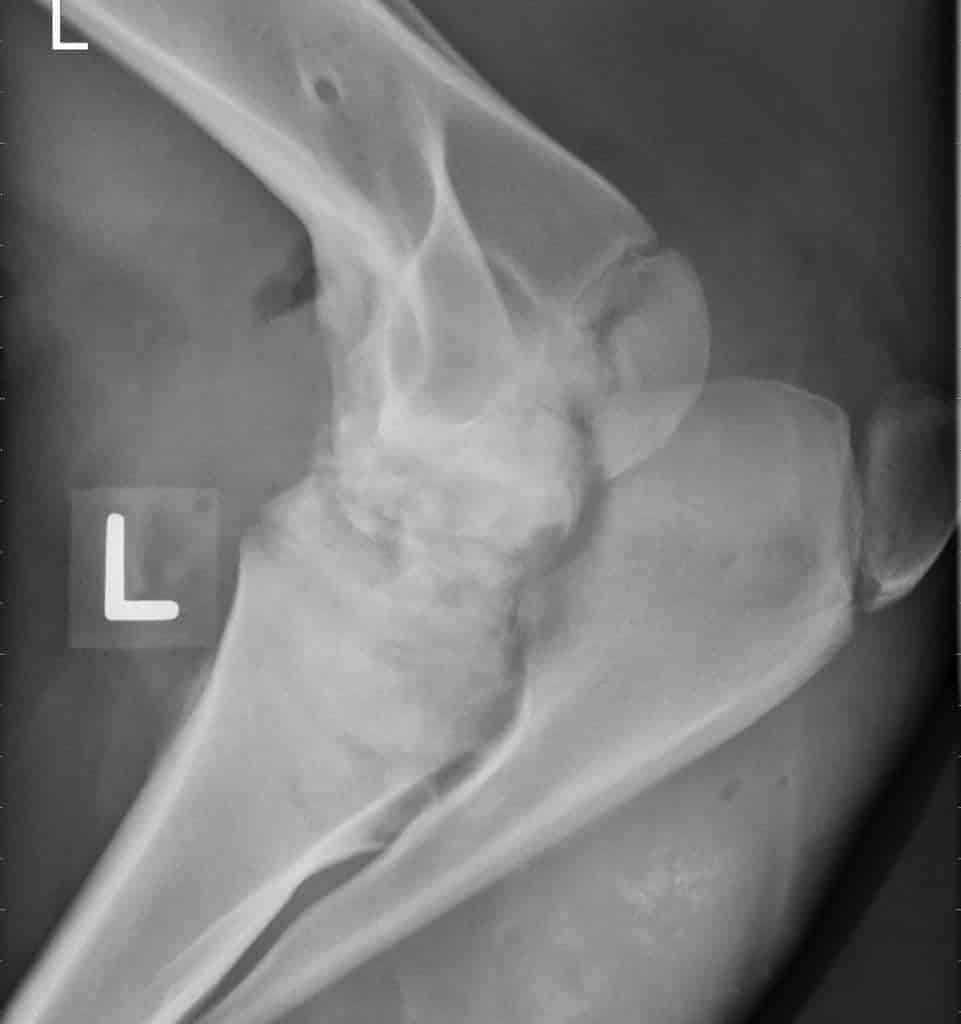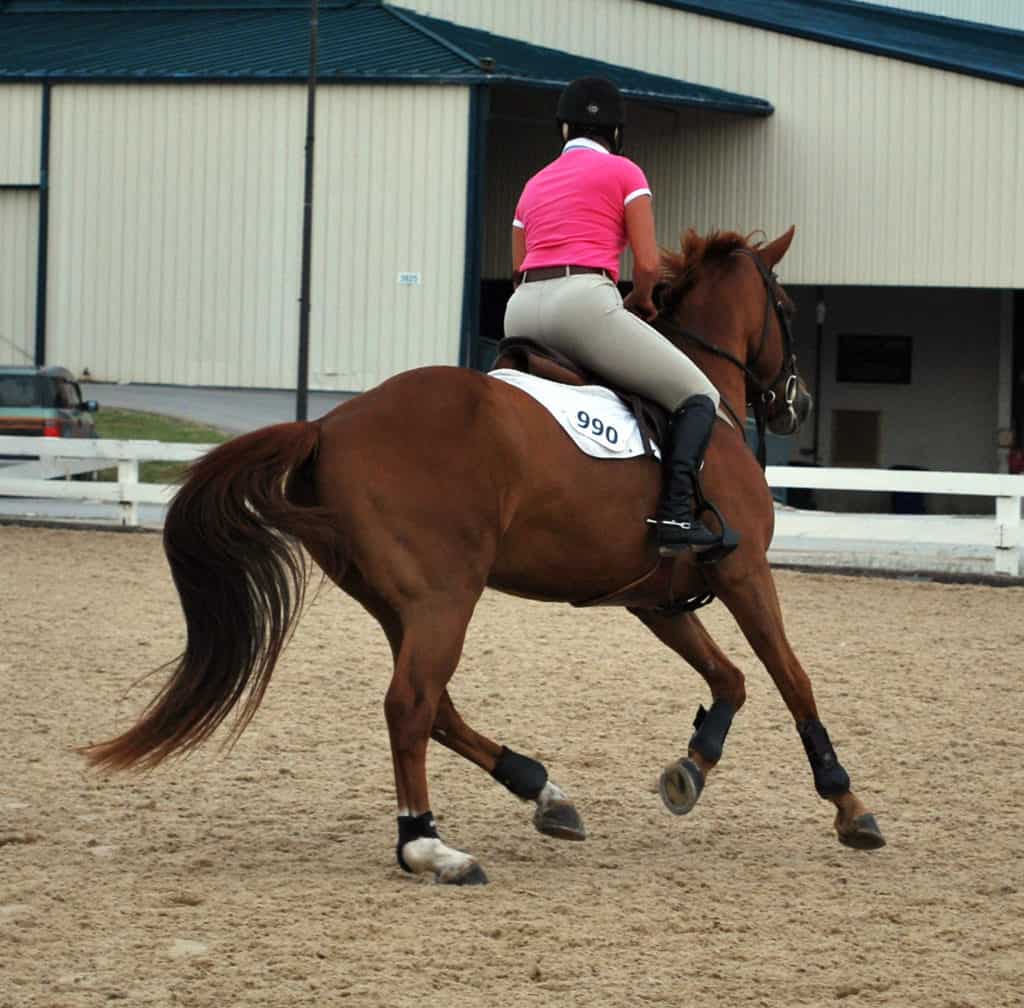
Repairing Jaw Fractures in the Field (AAEP 2011)
Despite their ghastly appearance most jaw fractures can be repaired relatively easily in a field setting.

Despite their ghastly appearance most jaw fractures can be repaired relatively easily in a field setting.
A researcher is examining how age-related and geriatric disases affect protein metabolism.
Mixed study results indicate more research is needed to determine dosing frequency and therapeutic window.

Treatment goals should be to aid in performance without eliminating the joint’s natural response to injury.

Kissing spines are more likely to cause clinical problems in certain breeds, disciplines, and age groups.

Topical anti-inflammatories, hyaluronic acid, and shock wave therapy are among the popular treatment options.

A thorough physical examination and tailored therapeutic approach can help relieve equine neck and back pain.

Certain hoof characteristics can be associated with chronic lameness, while others point to a sound horse.
Topics discussed included diagnostic methods, types of back pain, kissing spines, and treatment methods.

Atypical myopathy–a sudden onset of acute muscle pain and damage–is related to pasture rather than exercise.

Certain lucencies should be taken seriously as they appear to have a significant effect on racing performance.

New diagnostic technologies and treatment modalities have revolutionized how vets address equine back pain.
McCoy’s research investigates genetic risk factors for the development of osteochondrosis (OC).

Researchers are learning about the kind of weight and pressure humans put on different parts of horses’ bodies

One study evaluated the effects of needle size and clipping hair on debris found in joints after injection.

Bracelets and leg weights strengthen and activate certain muscles to help improve hind end gait abnormalities.
Stay on top of the most recent Horse Health news with
"*" indicates required fields